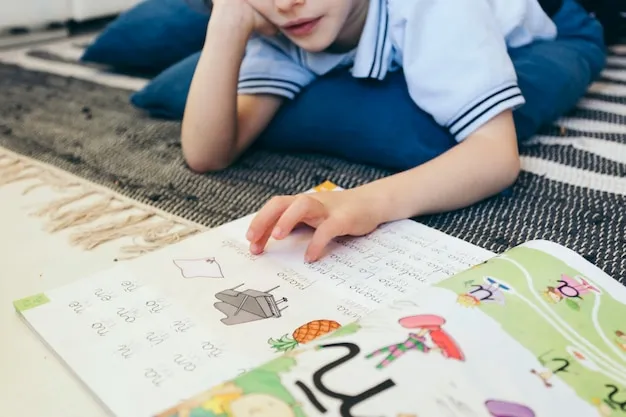ABA Therapy for Children with Autism
Discover how ABA therapy for children with autism provides tailored support and promotes lasting skills.

Understanding ABA Therapy
Overview of ABA Therapy
Applied Behavior Analysis (ABA) therapy is a widely utilized intervention designed to support children with autism. It employs techniques focused on making positive changes in behavior through systematic, evidence-based approaches. ABA therapy aims to increase helpful behaviors and reduce harmful or counterproductive ones, providing a structured environment conducive to learning and growth.
According to the US Surgeon General, ABA therapy is recognized as the best treatment for autism, supported by extensive research dating back to the early 1970s. The effectiveness of ABA is reinforced by over 20 studies that have demonstrated its ability to improve the quality of life for children on the autism spectrum [2].
Importance of ABA Therapy
The significance of ABA therapy lies in its comprehensive, individualized approach to address the unique needs of each child. By focusing on specific goals tailored to the child's strengths and challenges, ABA therapy can lead to significant improvements in various areas including intellectual functioning, language development, daily living skills, and social interaction [1].
Studies show that intensive and long-term therapy, typically ranging from 25 to 40 hours per week over 1 to 3 years, optimally benefits children's developmental outcomes. Families engaging in ABA therapy often experience enhanced skills and interactions, which directly impacts the child’s overall progress and integration into various settings, such as school and home.
In summary, ABA therapy provides a scientifically validated framework that supports children with autism in developing essential life skills, making it a crucial resource for parents and caregivers seeking effective methods of intervention. For more information about different services and programs offered, please visit our pages on aba therapy for autism spectrum disorder services and aba therapy and autism programs.
The Professionals Involved
Understanding who is involved in delivering ABA therapy is crucial for parents and caregivers seeking effective interventions for children with autism. This section will outline the roles of behavior analysts and the qualifications necessary for therapists working in this field.
Role of Behavior Analysts
Behavior analysts play a central role in providing ABA therapy for children with autism. A Board Certified Behavior Analyst (BCBA) is responsible for developing and overseeing individualized treatment plans tailored to each child's unique needs. This professional collaborates with families, implementing evidence-based strategies to enhance social behavior, build new skills, and reduce problem behaviors [3].
The BCBA works with registered behavior technicians (RBTs), who carry out the direct implementation of therapy under the supervision of the BCBA. The involvement of trained professionals ensures that the therapy provided is both effective and consistent.
| Role | Responsibilities |
|---|---|
| BCBA | Develop personalized treatment goals, oversee therapy implementation, collaborate with families |
| RBT | Implement therapy techniques as supervised by the BCBA, collect data on child progress |
Therapist Qualifications
Qualifications for therapists involved in ABA therapy are paramount to ensuring the highest standard of care. Professionals in this field typically include BCBAs, who must pass a certification exam and often hold advanced degrees in fields such as child psychology, general psychology, or developmental psychology. Many BCBAs possess a Master's or Doctoral degree.
Therapists are trained to increase helpful behaviors while diminishing those that may hinder learning or development. This foundational knowledge allows practitioners to create a supportive environment conducive to the growth and learning of children with autism.
| Qualification | Description |
|---|---|
| Certification | Must pass an exam from the Board of Certified Behavior Analysts |
| Education | Typically hold a bachelor's degree; many have advanced degrees |
| Expertise | Specialization in child psychology and behavior analysis |
Understanding the professionals involved in ABA therapy can help parents and caregivers make informed decisions regarding the support and services needed for their child. For more information on the various ABA therapy and therapy services available, parents can explore additional resources tailored to their specific needs.
Customized ABA Programs
Customized ABA (Applied Behavior Analysis) programs are essential for effectively meeting the unique needs of children with autism. These programs focus on individual strengths and challenges, ensuring a tailored approach that promotes optimal development.
Tailoring Programs for Each Child
ABA therapy programs are carefully designed to fit the individual needs of each child with autism. A standard approach does not exist; instead, therapists conduct thorough assessments to identify specific symptoms and behaviors. Based on these assessments, programs are created and adjusted over time as the child progresses.
| Key Components | Description |
|---|---|
| Assessment | Behavior analysts evaluate a child's specific needs and challenges. |
| Custom Goals | Programs are designed with specific objectives tailored to the child. |
| Progress Monitoring | Adjustments are made to the program based on ongoing assessments. |
Such a customized approach allows children to develop social skills, communication abilities, and adaptive behavior in a supportive environment [2].
Individualized Approach
The individualized approach of ABA therapy considers the preferences, strengths, and developmental goals of each child. This method fosters a sense of involvement for parents and caregivers, enhancing their engagement in the treatment process. Studies indicate that ABA therapy with parental involvement can improve skills, cognitive abilities, and social interactions, enabling children to thrive in school settings with better coping mechanisms and fewer disruptions [2].
Different aspects of a child's life are considered, including academic, social, and self-care skills. The comprehensive nature of the individualized programs ensures that children learn appropriate behaviors for various situations. Skills, such as maintaining cleanliness and organizing personal space, can also be included in their program [4].
In summary, through careful assessment and parental engagement, ABA therapy establishes customized plans that focus on the unique needs of each child, making it an effective option for improving skills and behaviors in children with autism. For further details on program implementation, refer to our insights on aba therapy and autism programs.
Benefits of Early Intervention
Early intervention is crucial in maximizing the effectiveness of ABA therapy for children with autism. This approach focuses on identifying and addressing challenges as soon as possible, leading to significant advantages for children and their families.
Early Detection and Treatment
ABA therapy allows for the early detection and treatment of symptoms of autism. Conducted by trained behavioral analysts, this therapy is designed to recognize autism symptoms promptly, enabling effective intervention.
Numerous studies indicate that the sooner a child receives ABA therapy, the more likely they are to experience improvements in various skill areas. Research shows that with early, intensive, evidence-based interventions, such as ABA therapy, up to 40-50% of children diagnosed with autism can develop sufficient skills to reintegrate into mainstream classrooms [5].
| Age of Diagnosis | % of Children Improving Skills |
|---|---|
| Under 4 years | 40-50% |
| 4-6 years | 30% |
| 6-8 years | 20% |
Academic and Learning Improvements
Intensive and long-term therapy using ABA principles—typically 25 to 40 hours a week for 1 to 3 years—can significantly boost academic performance in children with autism. Studies have shown that with structured ABA therapy, children tend to achieve better grades and enhance their overall learning abilities.
The following table summarizes improvements commonly observed in children after participating in ABA therapy:
| Skill Area | Potential Improvements |
|---|---|
| Intellectual Functioning | Increased IQ scores |
| Language Development | Enhanced communication skills |
| Daily Living Skills | Improved self-care abilities |
| Social Functioning | Better interaction with peers |
By emphasizing early detection and intervention, ABA therapy effectively aids in the development of vital skills, helping children with autism navigate their educational journey with greater ease. For more information on how ABA therapy supports children, refer to our articles on aba therapy for autism spectrum disorder services and aba therapy and autism support.
Parental Involvement in ABA
Parental involvement plays a crucial role in the success of ABA therapy for children with autism. By engaging in the therapeutic process, parents can significantly enhance their child's skills and improve their overall school experience.
Enhancing Skills and Interactions
Involving parents in ABA therapy allows for greater input in the treatment process. This engagement has been shown to increase skills, cognitive abilities, and social interactions in children with autism. Parents can reinforce the strategies learned during therapy sessions at home, which facilitates learning and skill retention.
The use of natural environment training methods and play therapy in ABA can also help children express their feelings constructively, fostering healthy coping mechanisms [6].
Here are some key skills that parents can help develop:
| Skill Area | Examples of Skills |
|---|---|
| Communication | Expressive communication, engaging in conversations, social greetings |
| Social Skills | Turn-taking, eye contact, sharing, understanding social cues |
| Life Skills | Personal hygiene, grooming, and self-care |
ABA therapy also empowers parents to identify their child's strengths and interests, which can motivate learning and enhance the educational experience.
Impact on School Experience
Parental involvement has a direct impact on a child's school experience. With fewer disruptions in the classroom and better coping mechanisms, children with autism can stay engaged in school activities. This can lead to improved academic performance and a higher quality of life.
Parents who are actively involved in the implementation of ABA strategies can assist teachers in understanding the needs and behaviors of their child. This collaboration between home and school creates a supportive environment that is essential for learning.
Moreover, as children develop essential skills such as following directions and identifying objects, their ability to participate in school increases. Goals related to communication and academic success can be effectively addressed through collaborative efforts between parents and educators. For specific goals regarding communication and academic improvement through ABA, visit our page on ABA therapy and autism support.
Through dedicated parental involvement, families can foster an environment where children thrive academically and socially, leading to long-term benefits for their development and well-being.
Effectiveness of ABA Therapy
Applied Behavior Analysis (ABA) therapy is widely recognized for its effectiveness in treating children with autism. Numerous studies and professional associations endorse its use as a best practice treatment.
Evidence-Based Best Practice
The evidence supporting ABA therapy is robust, with extensive research backing its effectiveness since the early 1970s. The US Surgeon General has declared it the best treatment for autism, citing its success in enhancing various skills in children Cross River Therapy. ABA therapy employs data-driven approaches to modify behaviors, leading to improvements in communication, social skills, and daily living skills.
Numerous authoritative organizations, including the American Psychological Association, have recognized ABA therapy as an evidence-based best practice. More than 20 studies have demonstrated its efficacy in improving outcomes for children with autism through tailored interventions based on ABA principles Autism Speaks.
| Evidence-Based Practice | Description |
|---|---|
| Supported by Government | Declared the best treatment for autism by the US Surgeon General |
| Backed by Research | Over 20 studies validate its effectiveness |
| Endorsed by Associations | Recognized by the American Psychological Association |
Long-Term Outcomes
Long-term therapy using ABA principles, with an intensive schedule of 25 to 40 hours per week over a span of 1 to 3 years, has been shown to significantly improve various skills in children diagnosed with autism. Children who engage in ABA therapy often experience advancements in intellectual functioning, language development, and social skills Autism Speaks.
According to research, approximately 40-50% of children diagnosed with autism can develop sufficient skills for reintegration into mainstream classrooms if they receive early, intensive, evidence-based interventions like ABA NCBI. The ultimate goal of ABA therapy is to enhance independence and success in school and home environments by utilizing positive reinforcement tailored to meet each child's unique needs Acorn Health.
In summary, ABA therapy for children with autism stands out as an effective, evidence-based treatment option, promoting improved outcomes and skills that can greatly enhance a child's quality of life. Parents and caregivers interested in learning more about the benefits of ABA can explore comprehensive resources on ABA therapy and autism support.
ABA Therapy Techniques
In the context of ABA therapy for children with autism, several key techniques are utilized to promote learning and reduce challenging behaviors. The following are three prominent methods used in this therapy.
Discrete Trial Training (DTT)
Discrete Trial Training (DTT) is a fundamental teaching strategy within ABA therapy. This technique breaks down skills into small, manageable components, allowing for focused instruction on each element. During DTT, positive reinforcement is provided after each correct response, motivating the child to continue participating actively in the lessons. This structured approach can be particularly beneficial for children with autism, as it offers clarity and encourages progression through successive learning stages [4].
| Component | Description |
|---|---|
| Skill Division | Skills are divided into smaller, distinct tasks. |
| Reinforcement | Positive feedback or tangible rewards are given after correct responses. |
| Clarity | Provides clear expectations and instructions, useful for children who benefit from structured environments. |
Antecedent-based Interventions (ABI)
Another effective technique is Antecedent-based Interventions (ABI). This method focuses on modifying the environment or the conditions that typically lead to challenging behaviors. By anticipating potential triggers and altering them, therapists can create more positive outcomes and encourage desired behaviors. For example, offering choices to a child can reduce frustration and promote engagement, leading to a more favorable interaction [4].
| Strategy | Purpose |
|---|---|
| Environmental Modifications | Adjusting surroundings to lessen triggers for negative behaviors. |
| Choice Offering | Giving options to create a sense of control and reduce anxiety. |
Extinction Techniques
Extinction techniques are used to decrease problem behaviors by ensuring they no longer receive reinforcement. In ABA therapy, when certain problematic behaviors are consistently met with a lack of response or reinforcement, the child learns that these actions do not achieve the desired outcomes over time. This method is effective in reducing unwanted behaviors, as the child begins to recognize that certain actions are ineffective.
| Technique | Description |
|---|---|
| Lack of Reinforcement | Removing any rewards associated with the problematic behavior. |
| Behavior Modification | Gradually reducing incidences of the unwanted behavior over time. |
By employing these specialized techniques within ABA therapy, parents and caregivers can support children with autism in developing essential skills and decreasing challenging behaviors. Each technique offers a distinct approach, allowing for flexibility and adaptation to meet individual needs. For more detailed insights into the services available, consider visiting the articles on aba therapy and autism support and aba therapy for autism behavioral support.
References
Does Your Child Have An Autism Diagnosis?
Learn More About How ABA Therapy Can Help
Find More Articles
Contact us
North Carolina, Nevada, Utah, Virginia
New Hampshire, Maine
Arizona, Colorado, Georgia, New Mexico, Oklahoma, Texas
.avif)


















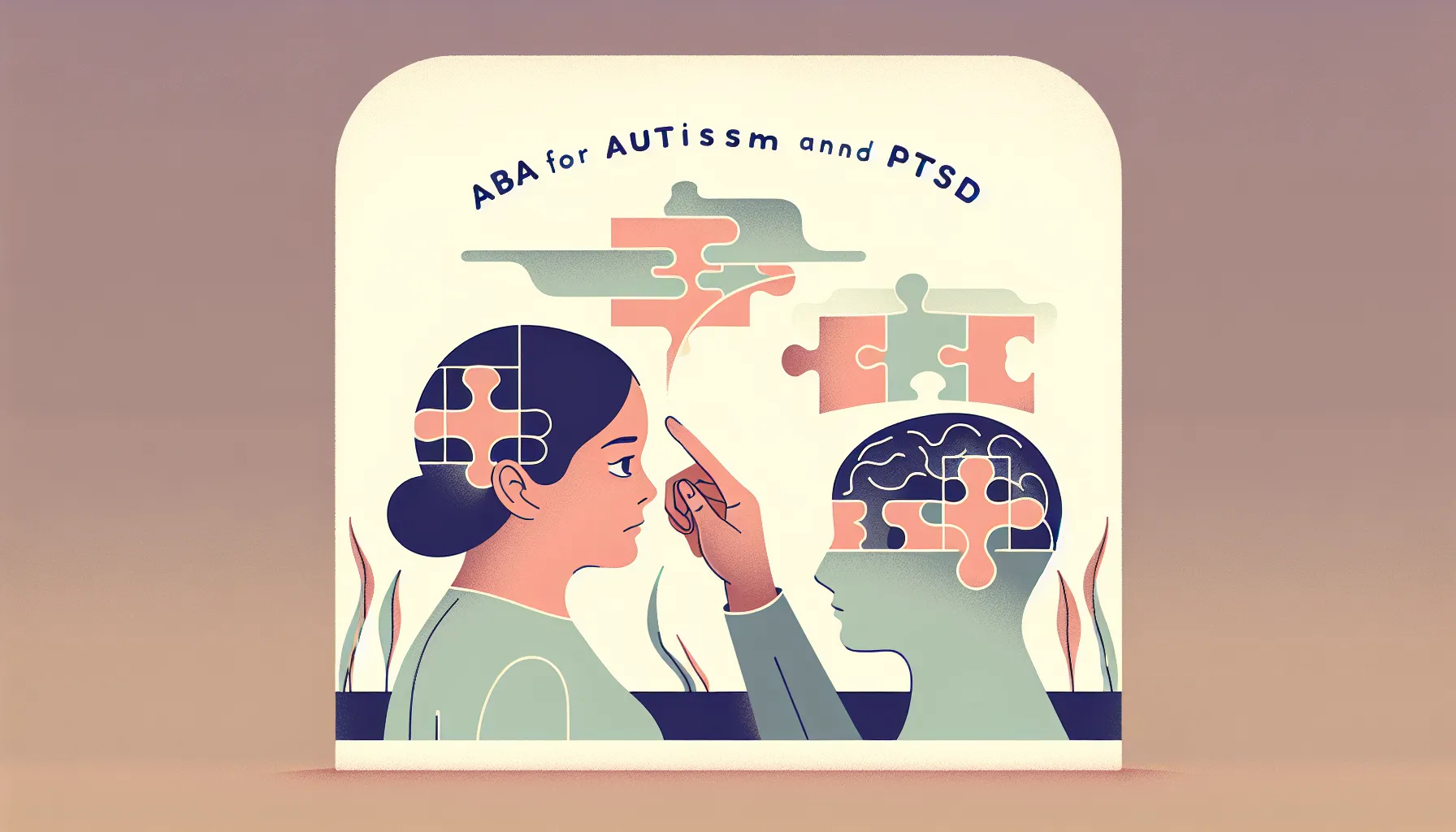







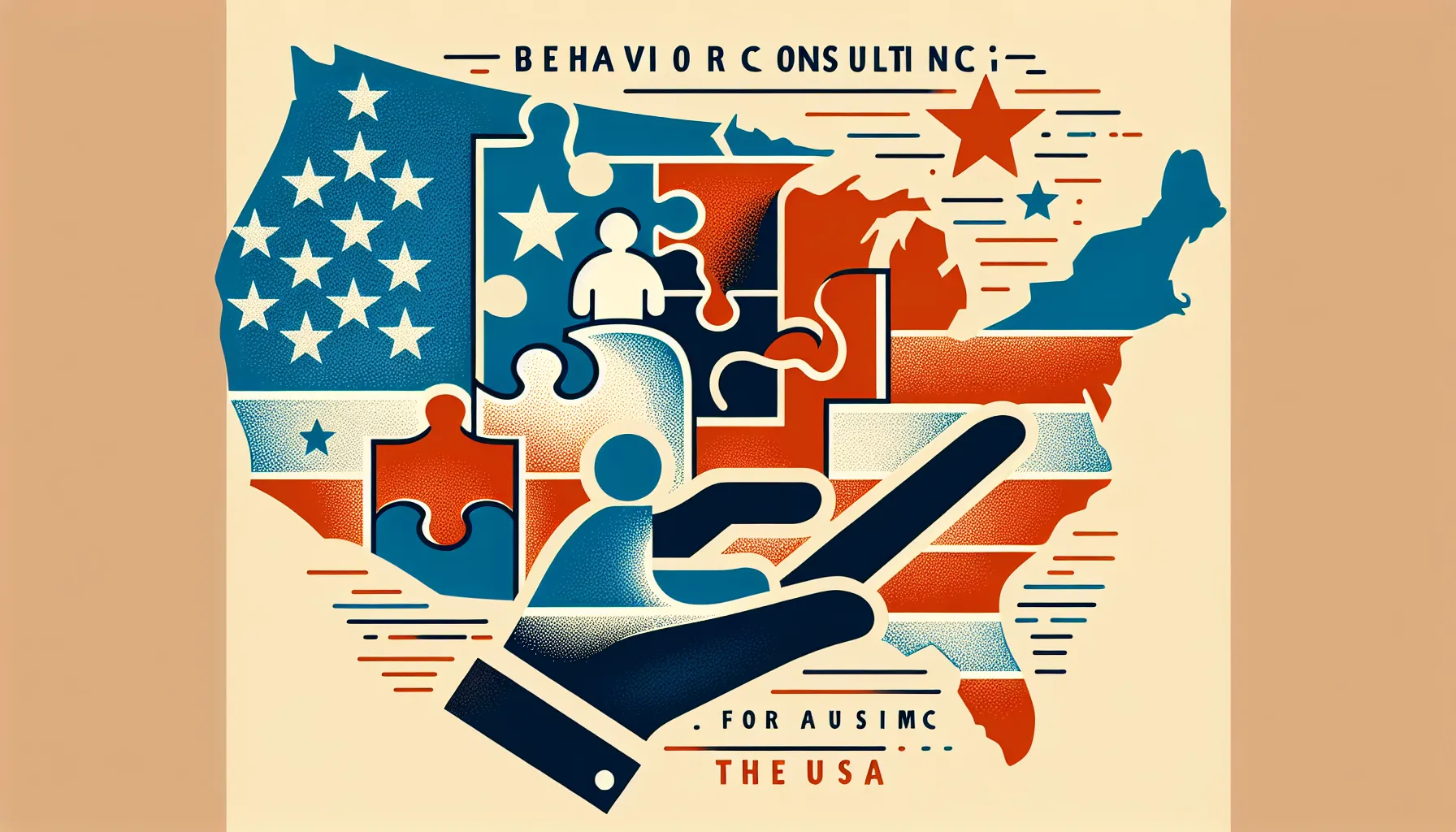



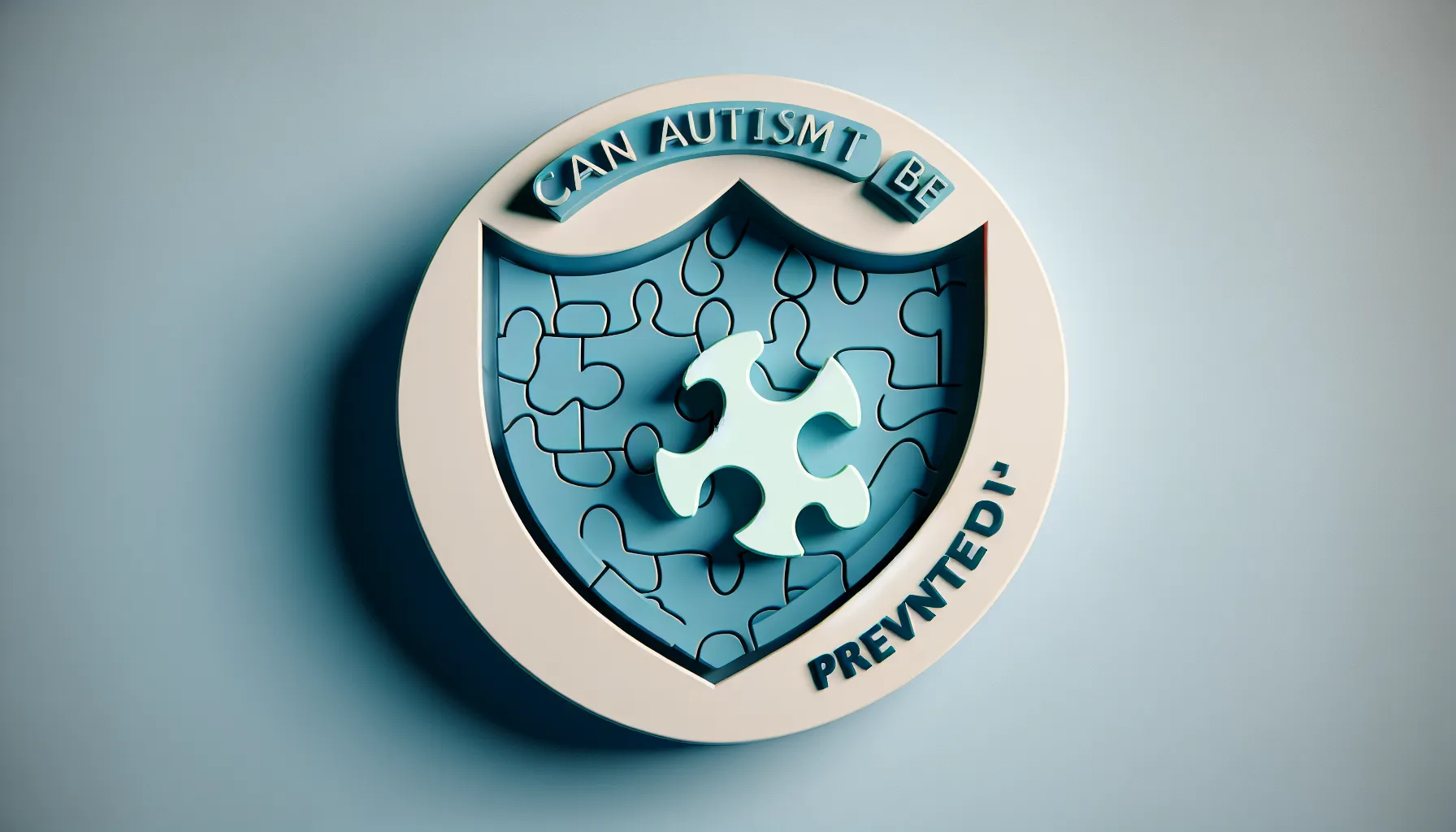






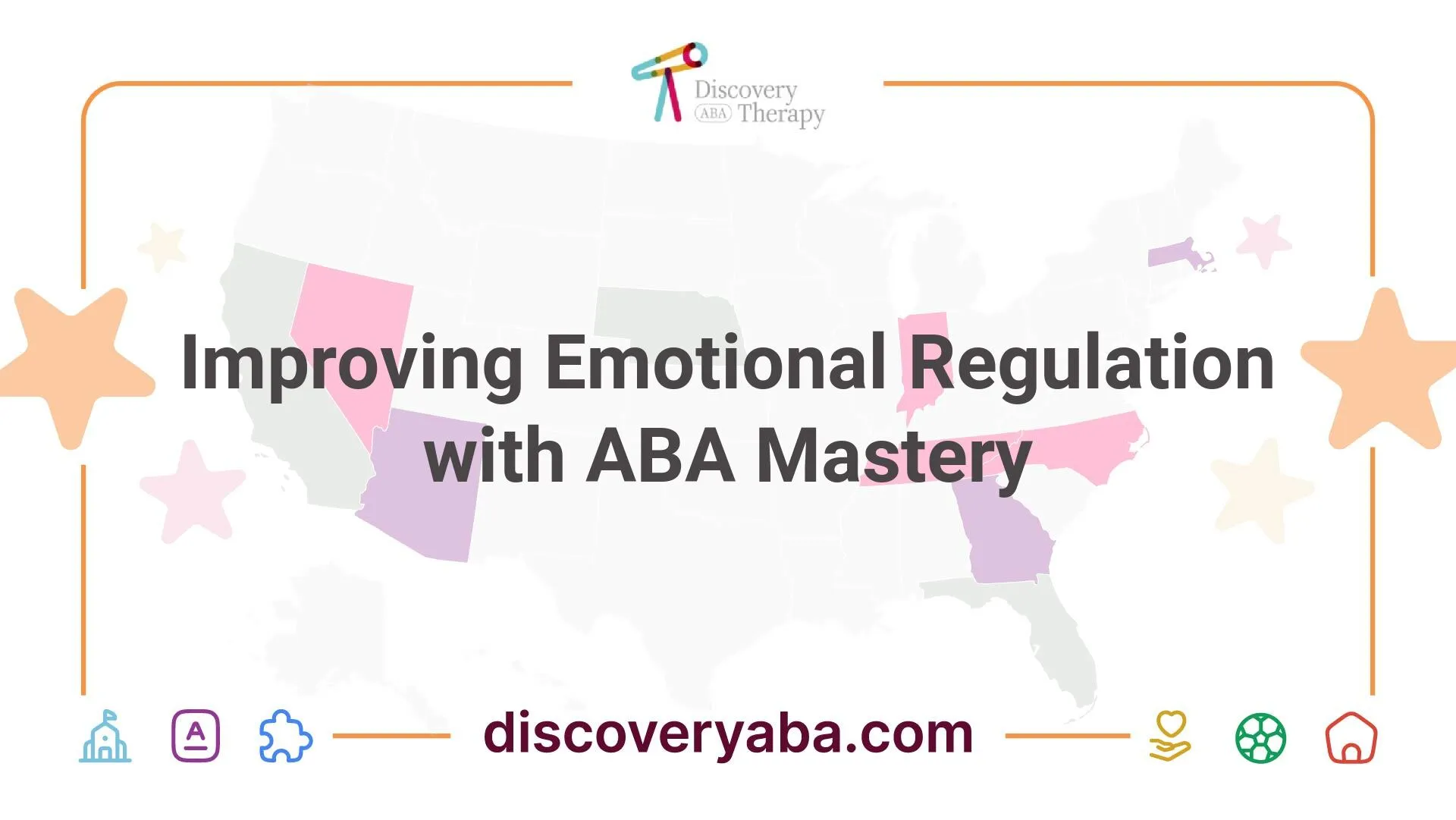
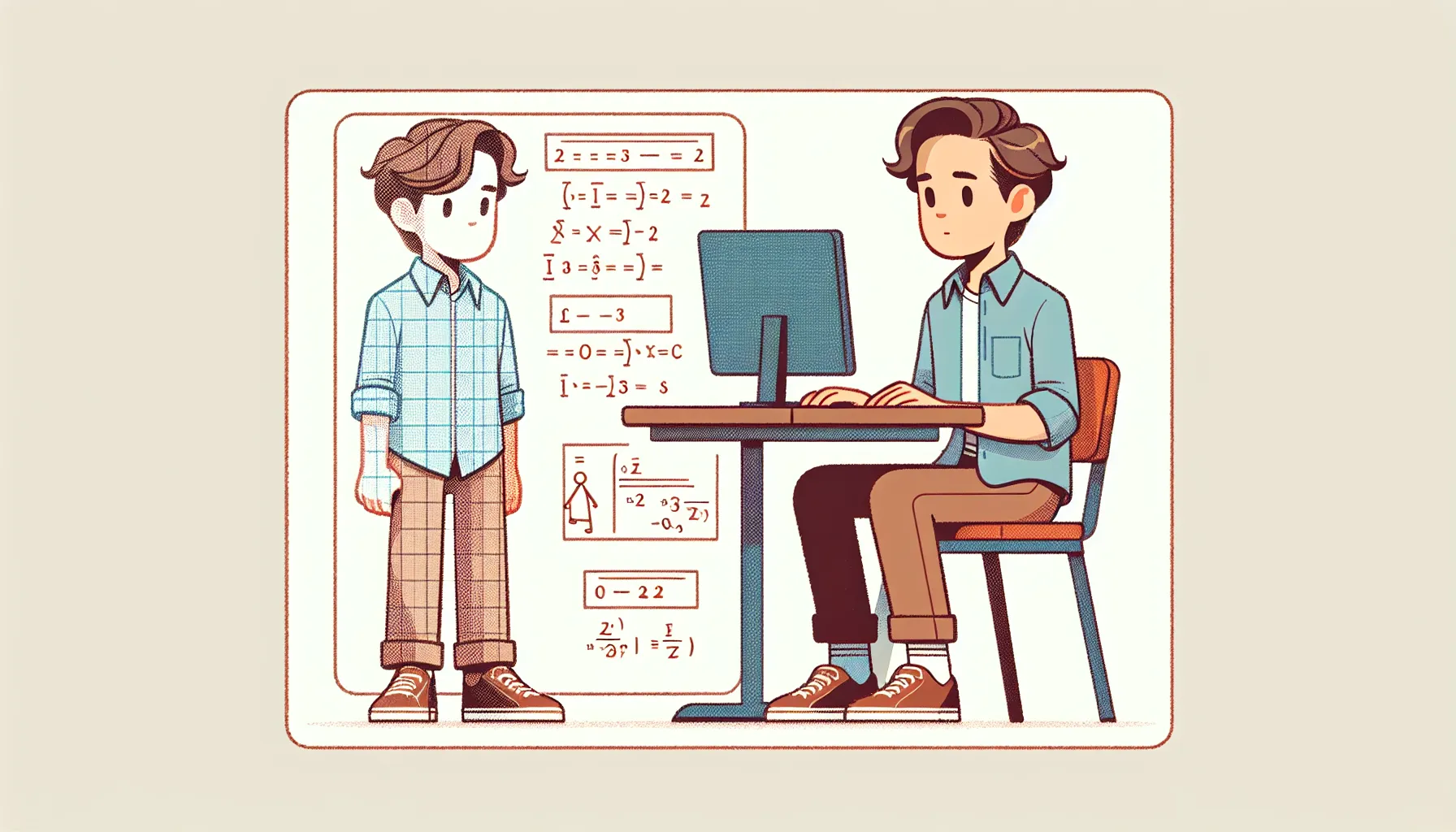






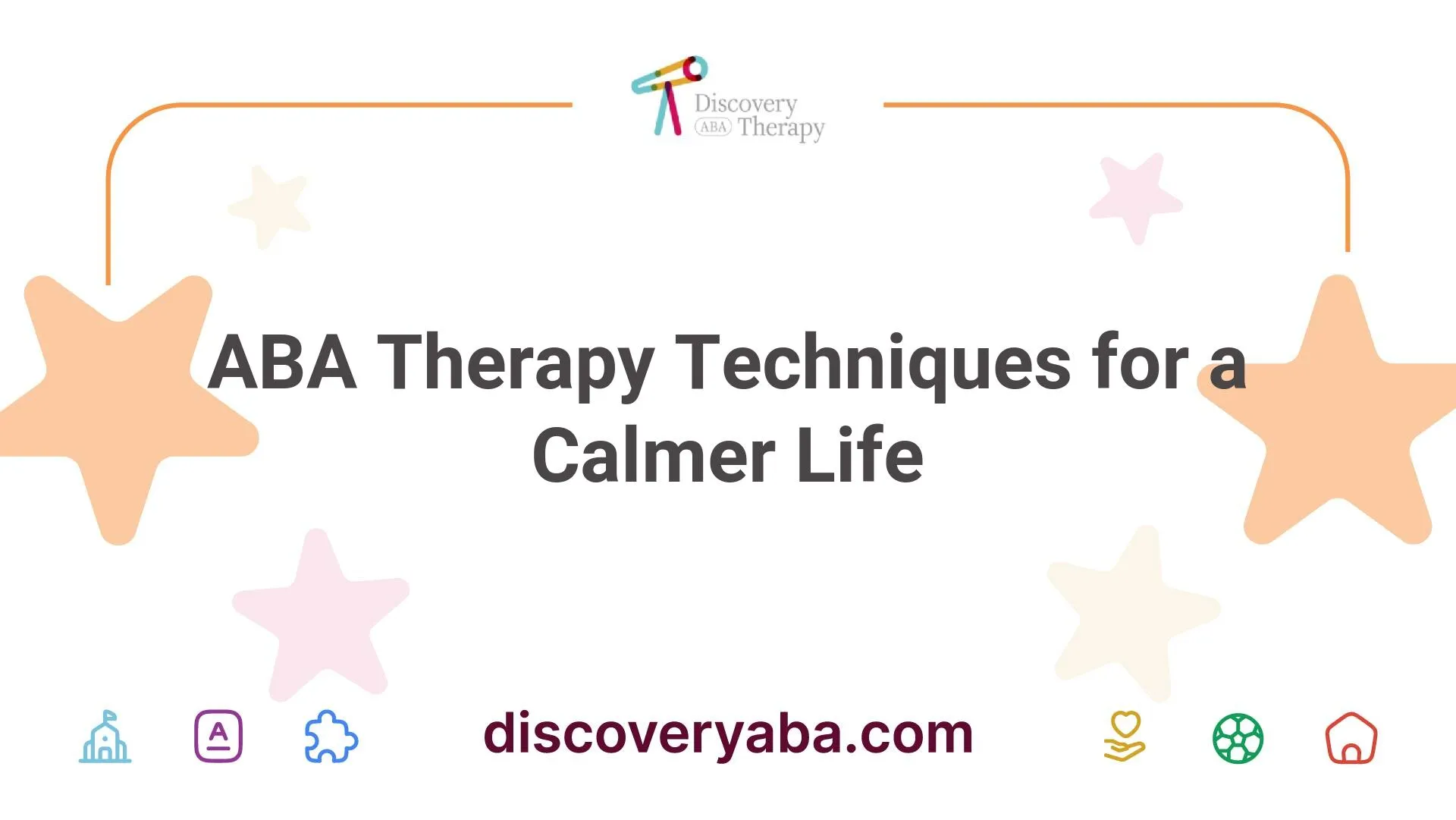



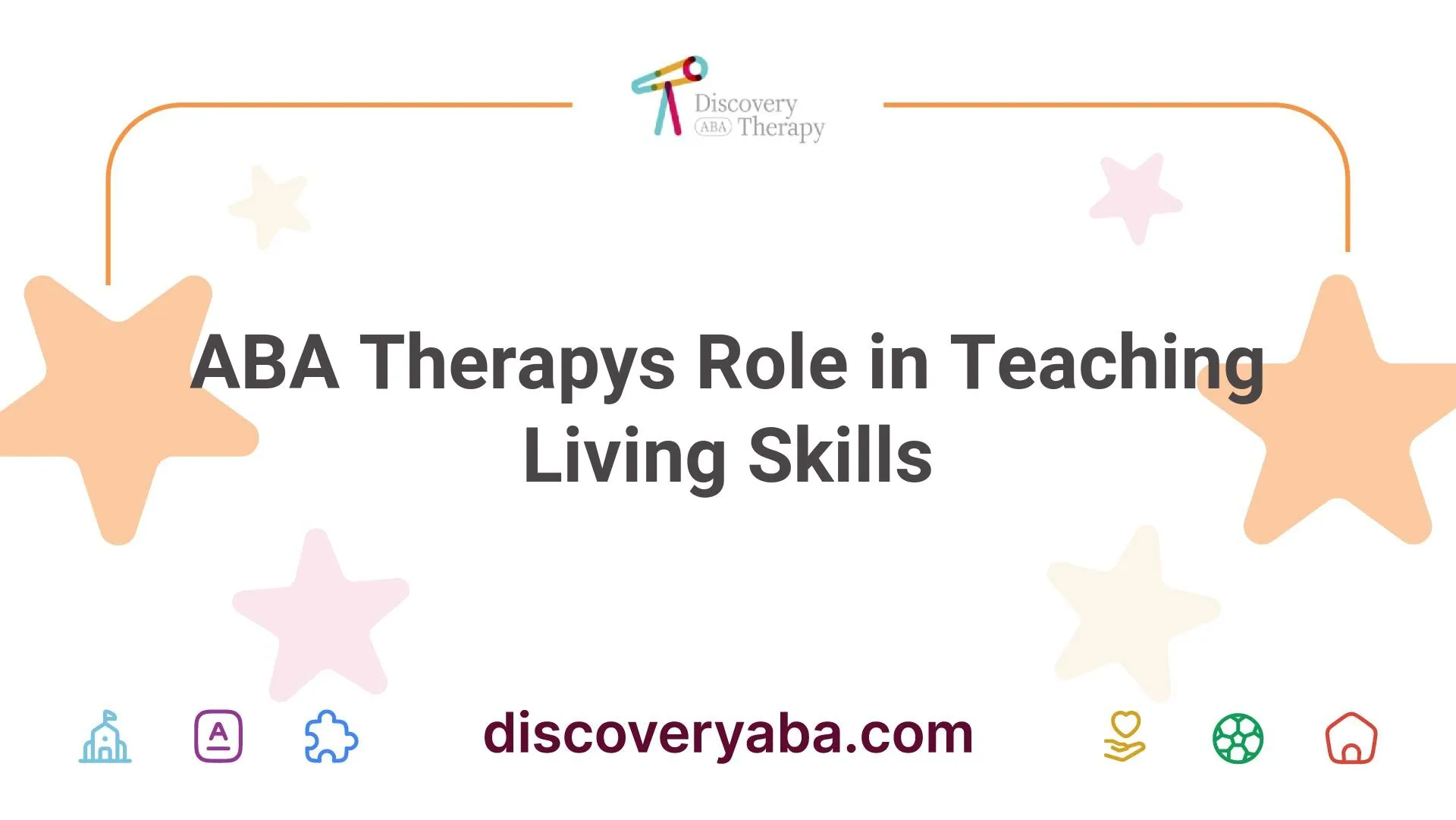






.jpeg)




























